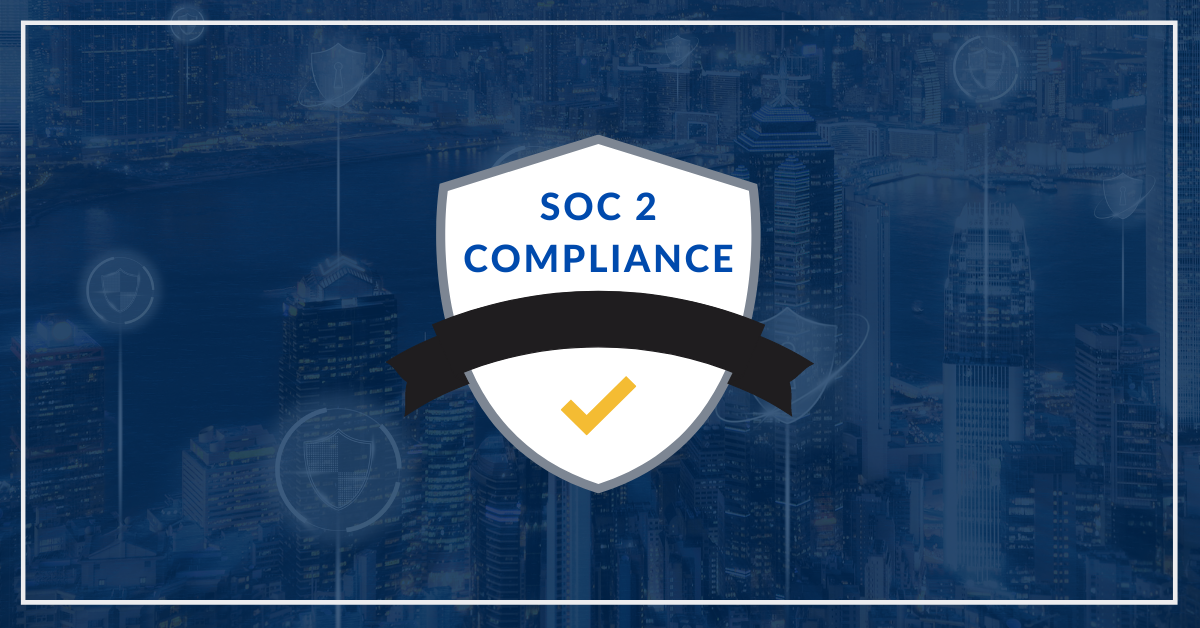In the dynamic landscape of data security, the imperative to ensure the confidentiality, integrity, and availability of information has intensified for businesses. In response to this, Service Organization Control 2 (SOC 2) compliance has emerged as a pivotal benchmark, especially for organizations entrusted with sensitive data. This comprehensive guide is meticulously crafted to provide businesses with a profound understanding of SOC 2 compliance, offering insights into its core principles, strategic implementation strategies, and the multifaceted benefits it brings to the operational forefront.
Understanding SOC 2 Compliance
Overview of SOC 2: SOC 2, devised by the American Institute of CPAs (AICPA), stands as a formidable framework aimed at assessing and managing risks associated with data security, availability, processing integrity, confidentiality, and privacy. Notably, its focus extends to technology and cloud computing organizations handling customer information.
Key Trust Service Criteria: The crux of SOC 2 compliance lies in its structured approach around five Trust Service Criteria (TSC): Security, Availability, Processing Integrity, Confidentiality, and Privacy. These criteria provide a comprehensive and systematic framework for evaluating an organization’s controls and processes.
Scope and Applicability: Businesses that store customer data in the cloud, process transactions, or handle sensitive information are prime candidates for SOC 2 compliance. The scope is intricately determined by the systems and processes relevant to the security and privacy of customer data, ensuring a tailored and effective compliance strategy.
Steps to Master SOC 2 Compliance
Scoping and Planning: Define the audit’s scope by meticulously identifying the systems and processes responsible for handling customer data. Develop a detailed plan outlining the necessary steps and allocating the requisite resources for seamless compliance.
Implementing Policies and Procedures: Establishing comprehensive policies and procedures aligned with the Trust Service Criteria becomes the cornerstone of SOC 2 compliance. This encompasses defining access controls, encryption practices, and incident response protocols to fortify the organization’s security posture.
Access Controls and Identity Management: Robust access controls become paramount to limiting access to systems and data. Simultaneously, implementing identity management practices, including stringent user authentication and authorization protocols, ensures a layered defense against unauthorized access.
Data Encryption: Implementing robust encryption measures becomes imperative to safeguard data both in transit and at rest. Encryption serves as an armor, protecting sensitive information from potential unauthorized access and reinforcing the confidentiality of critical data.
Continuous Monitoring and Incident Response: Vigilance takes center stage with the implementation of continuous monitoring mechanisms to promptly detect and respond to security incidents. Simultaneously, a well-defined incident response plan becomes the linchpin for addressing and mitigating potential breaches swiftly.
Vendor Management: In scenarios involving third-party vendors, ensuring their adherence to SOC 2 standards becomes pivotal. A thorough evaluation and ongoing monitoring of their security practices contribute to maintaining the overall integrity of the organization’s systems.
Benefits of SOC 2 Compliance
Enhanced Trust and Credibility: SOC 2 compliance serves as a tangible testament to an organization’s commitment to robust data security practices. This fosters trust not only among customers but also among partners and stakeholders, creating a foundation of credibility.
Competitive Advantage: In a business environment where data security is a top-tier concern, SOC 2 compliance becomes a strategic differentiator. It positions organizations at an advantageous edge, enhancing their appeal and attracting discerning clients.
Risk Mitigation Strategies: By adhering rigorously to SOC 2 standards, organizations systematically identify and mitigate risks associated with data security. This proactive approach significantly reduces the likelihood of security incidents, fortifying the overall risk posture.
Operational Efficiency Through Clear Guidelines: Implementation of SOC 2 controls often results in streamlined and efficient operations. The development of clear processes and guidelines for handling sensitive information not only ensures compliance but also improves overall organizational performance.
Global Market Access: SOC 2 compliance is recognized internationally, facilitating entry into global markets. It reassures international clients about the robust security of their data, thereby broadening the business’s global reach.
Conclusion
In conclusion, mastering SOC 2 compliance transcends the realm of regulatory requirements; it represents a strategic investment in the security and reliability of business operations. By aligning with the Trust Service Criteria and implementing robust security measures, organizations forge a solid foundation for data protection. The benefits extend beyond compliance, encompassing enhanced trust, competitive advantage, and operational efficiency. In an era where data is a critical asset, SOC 2 compliance stands not just as a regulatory checkbox but as a tangible testament to an organization’s unwavering commitment to safeguarding the integrity and confidentiality of sensitive information.




